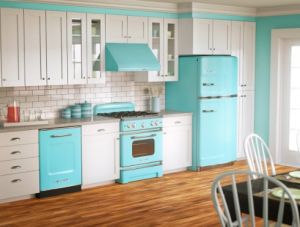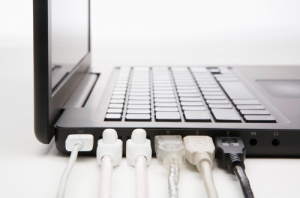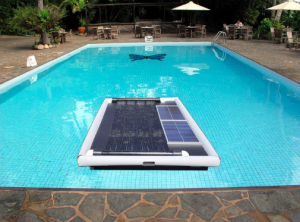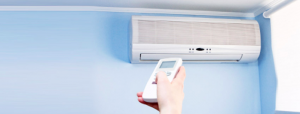How much are your appliances and electronics costing you?
Australians spend an average $1,700 on gas and electricity per household annually. The number of people living in a home also increases this cost and the biggest contributors of high gas and electricity bills is energy lost through inefficient appliances. t is estimated that 65% of energy bills are for energy that was actually used, while the rest is wasted power that didn’t benefit residents.
If you’re interested in reducing power bills, then one of the easiest ways to start is by learning about what’s costing you the most in your home. Our energy saver team at Sumo have put together a list of the biggest power perpetrators and steps you can take to reduce energy waste, bills and your impact on the planet.

Fridges
Fridges use more power than any appliance because they run 24 hours a day, all year round. If you’re fridge is old, has loose or damaged seals or has a low energy rating, it will use more power to keep things cool, especially during warmer months. If you have the option to upgrade, look for a fridge with and energy efficiency rating of at least 2.5 stars, and choose the smallest most practical for your household. If possible, try to position your fridge away from sunny windows or hot ovens where the fridge will need to work harder than usual to stay cool.
Set the temperature of the fresh food compartment between 3-5OC and the freezer to -15 to -18OC.

Lighting
Light bulbs on their own don’t use much power, but the tendency to forget they’re on, or choose less efficient types, make them big energy wasters. Next time you’re buying bulbs, check out the energy rating and choose more efficient and longer lasting CLF’s or LEDs. Try avoiding incandescent or halogen lighting as these are inefficient forms of lighting. Remembering to switch off lights in rooms that aren’t in use is also a great way to save on your household energy costs.

Hair dryers
While hairdryers are only used for a short time each day, the amount of power used by them is surprisingly high. If possible, buy from an energy efficient brand and operate on a lower power setting or “cool” mode to cut down on the kilowatts used. When you can, towel or air dry.

Charging electronics and standby
Most people think that simply turning electronics off will prevent them from using power, but anything that is plugged in will continue to draw electricity. Some of the biggest energy consumers are laptops, mobile phones, video game consoles and televisions. If any of these are not in use, they should be unplugged or switched off at the outlet. If laptops or phones have finished charging, unplug them, try not to leave anything on charge overnight, or anything plugged in that isn’t in immediate use. Things like microwaves that display the time or stereos constantly glowing blue or orange lights are all using energy and ultimately costs you money. To make things easier, plug multiple appliances into a power board so you can switch them all off in one go.

Pool Pump

Nearly 2.7 million Australians live in a house with a swimming pool1. Most pools come with a pump that runs 24 hours a day. In some cases, pool pumps cost roughly the same as a large vehicle per year. If possible, trade in for a smaller pump or opt for one that is solar-powered.
1 Source: Roy Morgan Single Source (Australia), October 2017-September 2018 (n=15,009). Base: Australians 14+.
Dishwashers, washing machines, and clothes Dryers
When buying a new washer or dryer appliance, try to select the highest energy rating available, and choose the smallest option that works for your home. Switch to cold or Eco cycles and where possible only use the appliance with a full load. Turn your appliance off at the end of its cycle and keep filters clean after each use to keep them running optimally and reduce energy waste.
Take advantage of sunny weather to dry your clothes on the line, or use an indoor rack during winter to save on your electricity.
Heating and Cooling

Heating and cooling systems can be one of the biggest energy users in Western countries. Insulating is the most cost-effective way to make your home energy efficient. Closing curtains, blinds and doors, and sealing gaps maintains a stable temperature so your heating and cooling system doesn’t have to work as hard. Use your heating and cooling only when needed; set your cooling between 25-27OC and your heating 18-20OC and you’ll see big savings in your energy bills.
Finding your household energy wasters helps you save money on electricity and gas, but also reduces your greenhouse emissions. With some new information and power-saving tools in your hands, you can start looking forward to your next energy bill cost savings.
If you want to learn more about how you can energy proof your home, call 13 88 60 to speak to one of Sumo’s energy experts. Alternatively visit sumo.com.au/energy-saving-tips.